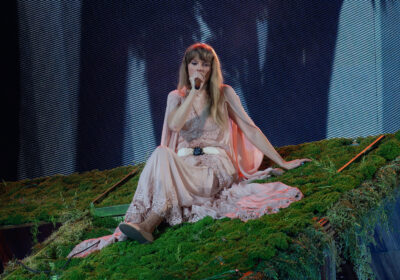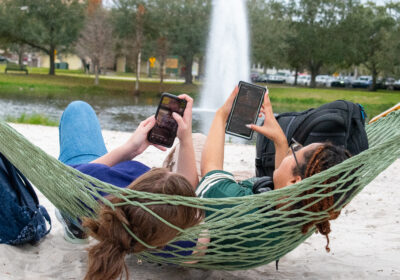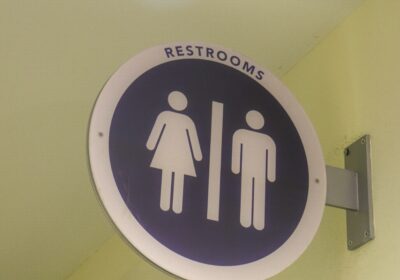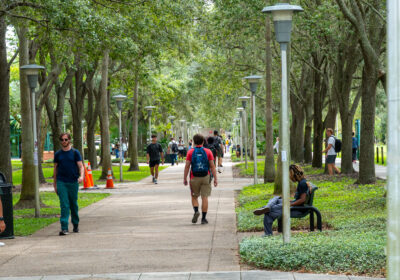What brings you to Tinder?

“What brings you to Tinder?” has become the new “Come here often?” as dating and flirting evolve with the digital age.
The dating world today has become much more of a supermarket, where at any moment you can look at your phone and find out all about the nearest person looking for a date — including their looks, their likes and dislikes, and any friends you have in common.
According to Vox.com, the dating app Tinder has gained over 10 million users since its creation in 2012. Creating over 1 billion potential matches with users between the ages of 13 and 45, the app is primarily used by the 51 percent of its users between 18 and 24, as of February.
While technology has created what could potentially be a renaissance in many ways, problems arise in the 50 shades of gray that lay in what people are looking for in a relationship.
Long gone are the days of “going steady,” and with the rise of dating apps or what some deem “hook-up” apps, many question if monogamy is even a thing anymore. After all, the aforementioned statistics show that Tinder has made over 1 billion matches for its 10 million “active” users.
Times have changed as research finds millennials are getting married later in their lives, some not wanting to get married at all — a stark contrast to earlier generations. According to a Gallup poll from last year, marriage is becoming less and less important for the younger generation, and this begs the question: What are people looking for?
Some are simply looking for the next slam piece, others the much-desired wifey, but for better or worse, modern dating offers more choices for bachelors to choose from.
Furthermore, on dating apps you can see what people are interested in when flirting online, ranging from “chats” to the straightforward “right now.”
In a world where all products are becoming more customizable and allowing for compartmentalization, those shopping around for a date can tailor their search based on dating profiles that have options that go from “single” to “in a relationship” to the ever-so-vague “it’s complicated.” The question, then, is what is the difference between the other options such as “dating,” “exclusive,” “partnered,” and “open relationship”?
A recent article by Caitlin Dewey of the Washington Post predicts a rise in what is being called “digital infidelity,” as our attention is spent more on our smartphones than our spouses. The article cites a study by the University of Indiana in which Facebook users are staying in touch with “back-burners” as most surveyed remain in communication with people they’ve had romantic or sexual conversations with people besides their current partners.
This goes to show that as interest in marriage declines, many may be keeping their options open and deciding not to settle until they’ve found the person that they believe is the perfect fit — a hard task when we are constantly reminded of the hundreds of people we could be with through social media.
On dates today, it is important to understand what stage your relationship is at and that both partners are on the same page. While the initial flirting is timeless, with small chitchat and coffee still often the first step, blurred lines begin to appear as the romance goes on.
After the first date or two, it is essential to have a conversation about what each person wants in a relationship. It’s fine if both are just looking for a physical connection, but to avoid any awkwardness down the line, make sure each other’s interests are understood.
Alex Rosenthal is a junior majoring in mass communications.








